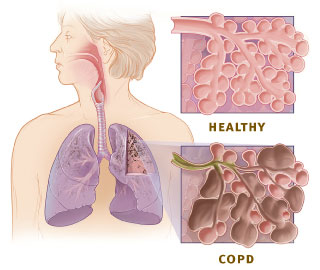First of all the victim of fire should be brought out to a open space from the place of accident. Cleaning the airway after that will save many lives.
Though water treatment mistakenly seen by some as detrimental, it is a must for any burn victim; which reduces size of burnt area, prevents blister formation and reduces pain.

After this primary treatment patient should be transferred to the nearby hospital, be it small. There the doctor will have a preliminary assessment of burn, calculate amount of intravenous fluid requirement; administer analgesics, preferably opoids; and apply a preliminary dressing. A broad spectrum antibiotic, prophylaxis against tetanus by tetanus toxoid and a gastro protective proton pump inhibitor will be necessary. Perhaps the primary care hospital will then refer the patient to a higher center depending upon the merit of a case.
In larger hospitals all the vital parameters has to be monitored; commonly urine output, blood pressure, extent of sepsis, blood gas analysis and other blood parameters.
In fluid management, it is always preferable to administer crystalloids like ringers lactate solution for volume replacement; that is based on the percentage of burn calculated according to the rule of Nine of Wallace (Different for adult and children) and weight of the person; blood and blood products are not recommended at the time of resuscitation.

Dressing is an important part of burn wound management. As skin gives a protective cover to the body and is lost; bacterial invasion to blood stream becomes easy. An occlusive sterile dressing is the best at the first place.
Occlusive dressing comprises of washing the burnt surface with copious amount of saline solution, applying mild antiseptic solution like providone iodine or clorhexidine solution, applying antiseptic cream like silver sulphadiazine, putting a layer of paraffin impregnated gauge, a cushion of absorbent cotton and finally applying bandage.
In this way the patient feel comfortable to move and protected from direct contact with microbes.
A plastic surgeon, perhaps will review the patient shortly after it for possible skin grafting or other skin substitutes. Now skin can be harvested from the patient himself and allowed to grow in labs to cover a larger area of burn. Otherwise available skin from a donor site of the patient’s body can be subjected to dermatome to create many customized splits to make it cover a larger area.
The dictum; “As blood for blood, so skin is for skin”.
...
Click here to Subscribe news feed from "Clinicianonnet; so that you do not miss out anything that can be valuable to you !!
...






